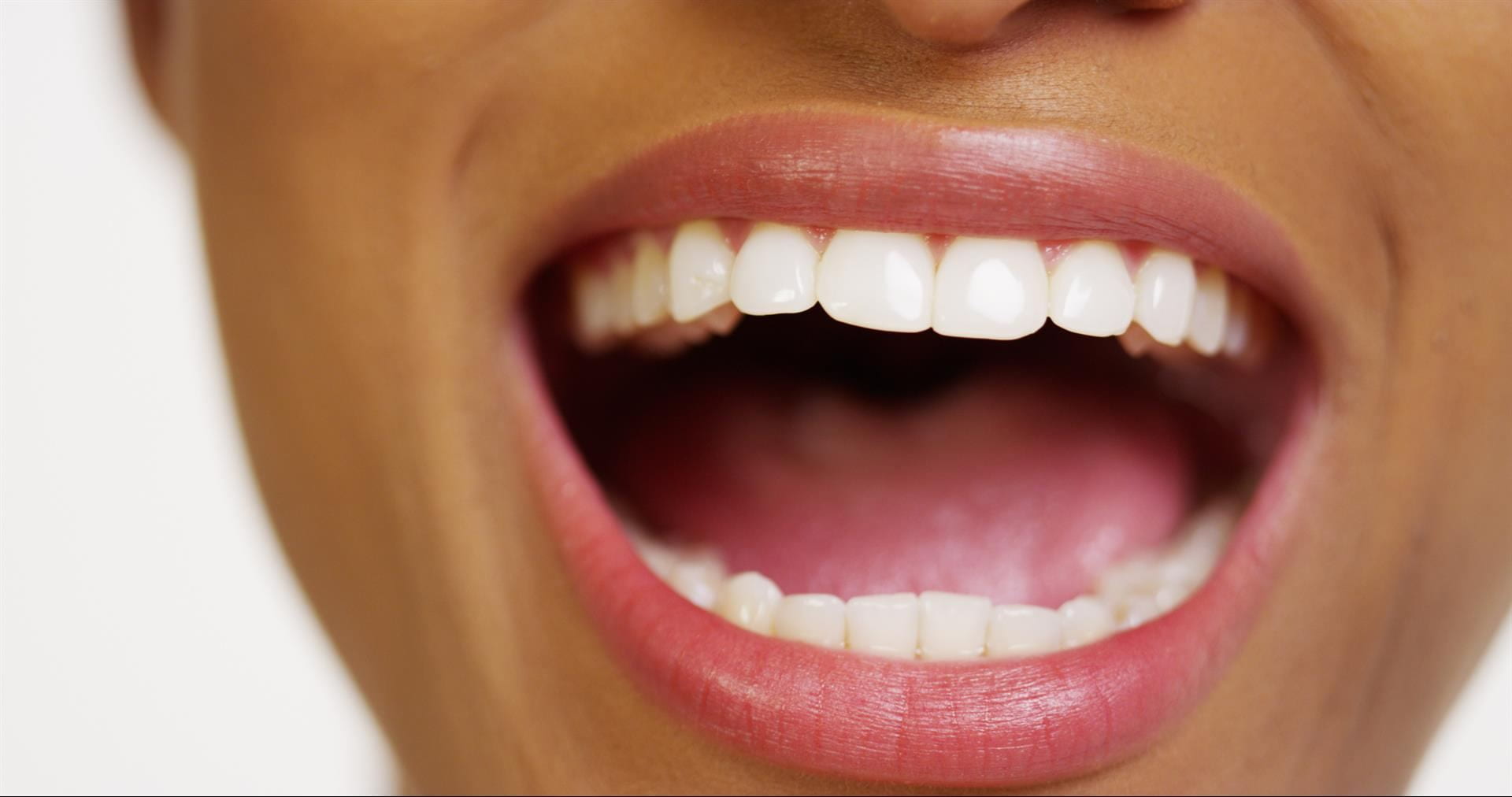Meara O’Reilly
Hocket for Two Voices
Hocketing “involves splitting a single melody into brief phrases and dividing each phrase between several voices or instruments. As each part alternates, the rapid back-and-forth exchange creates a complete melody.” – Pitchfork
Stephanie Loveless
Cricket Tree Crow (17:50)
“The piece is driven by the desire to explore the boundaries between human and nonhuman subjectivites. In trying to mimic sounds that are not natural to the human vocal apparatus, I am interested in the friction, or encounter, between non-human voices and my own. By studying recordings of crickets, crows and maple trees — in slowing them down, parsing their frequencies, and matching my voice to theirs as closely as I can — I hope to open myself to their respective worlds.”
– Stephanie Loveless
Note: there is a brief moment of silence at the beginning of the work.
Cricket Tree Crow

Carlfriedrich Claus
Basale Sprech-Operationsräume
It’s hard to describe this recording as anything other than visceral. The Geman artist Carl Friedrich Claus (1930-1998) evokes the fleshiness and inner working of the body using only his voice. It is hard to listen to, and is sometimes scary, funny and disgusting. Carl Friedrich Claus was an artist in the fields of typography, visual and concrete poetry as well the sound poetry. He created an extensive oeuvre of articulations, language sheets, prints and graphics.
Alfred Wolfsohn
Vox Humana Experiments in Extension of Human Vocal Range – 1956
“Have you ever considered what the full range of tone and pitch the human voice is? Have you wondered if there was some latent singing ability that all people were capable of achieving? Alfred Wolfsohn was inspired to explore such questions about vocal range after serving in the World War I. Haunted by cries on the battlefield and suffering from post-traumatic stress, he began experiments as a form of therapy.”
– Folkways Records
Alfred Wolfsohn
Vox Humana Experiments in Extension of Human Vocal Range – 1956
“Have you ever considered what the full range of tone and pitch the human voice is? Have you wondered if there was some latent singing ability that all people were capable of achieving? Alfred Wolfsohn was inspired to explore such questions about vocal range after serving in the World War I. Haunted by cries on the battlefield and suffering from post-traumatic stress, he began experiments as a form of therapy.”
– Folkways Records
The Extended Voice – Playlist
This is a selection of tracks that focus on a dizzing array of examples of methods that humans can use or distort the voice.
Examples include:
- Traditional vocal techniques from many cultures: Voce Di Corsica, Kecak Ganda Sari, Bujumbura, Huun-Huur-Tu
- Digital or analog voice manipulation: AGF, Machinefabriek, Henri Chopin
- Group or layered voices: John LaBarbara, Meara O’Reilly
